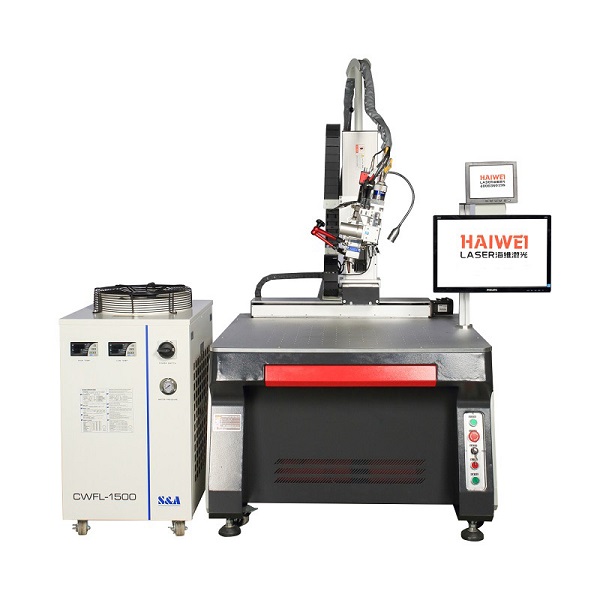Why Laser Welding Machines Are More Environmentally Friendly Than TIG Welding
When considering the purchase of a laser welding machine, many businesses are drawn to its precision and speed. However, an often overlooked benefit is its environmental impact compared to traditional welding methods like TIG (Tungsten Inert Gas) welding. Here’s how laser welding machines stand out as a greener option.

Reduced Heat Affected Zone (HAZ)
One of the key advantages of laser welding over argon arc welding is the minimal heat affected zone. This means that less material around the weld is exposed to high temperatures, reducing the risk of distortion and subsequent rework. Less rework translates to reduced energy consumption and waste, making laser welding machines a more eco-friendly choice.
Key Benefits
Minimizes thermal stress on surrounding materials.
Reduces the need for post-weld heat treatment, saving energy.
Lower Energy Consumption
Energy efficiency is another area where laser welding machines excel. Thanks to their ability to concentrate energy into a very small spot, these machines use less power than TIG welding equipment for similar tasks. The precise control over the laser beam ensures that only the necessary amount of energy is used, further reducing overall power consumption.
Practical Implications
Lower electricity bills for manufacturing facilities.
Smaller carbon footprint due to decreased energy usage.
Minimal Fumes and Emissions
Unlike TIG welding, which can produce significant amounts of fumes and emissions depending on the materials being welded, laser welding machines generate far fewer contaminants. This is particularly important when working with materials prone to emitting hazardous substances during the welding process.
Environmental Impact
Improved air quality in the workplace.
Compliance with stricter environmental regulations.
Enhanced Material Utilization
Material efficiency is crucial for sustainability. Laser welding machines offer superior precision, allowing for thinner materials to be joined without compromising strength. This results in less scrap and better utilization of resources.
Economic and Environmental Advantages
Cost savings from reduced material waste.
Conservation of raw materials.
Superior Shielding Gas Efficiency
Shielding gases play a critical role in protecting the weld pool from atmospheric contamination. Laser welding machines typically require less shielding gas than TIG welding setups because of the localized nature of the laser beam. This not only reduces gas consumption but also minimizes the release of inert gases into the environment.
Practical Considerations
Lower costs associated with shielding gases.
Reduced environmental impact from gas emissions.
In summary, laser welding machines provide numerous environmental benefits over traditional TIG welding methods. From lower energy consumption and reduced emissions to enhanced material efficiency and superior shielding gas management, they represent a forward-thinking solution for companies committed to sustainable manufacturing practices.
With 17 years of experience in the industry, Haiwei Laser offers cutting-edge laser welding machines designed to meet the highest standards of performance and eco-friendliness.
Recent Posts
- What are the advantages of laser welding machines in lithium battery pack production lines?
- What issues should be noted when choosing a lithium battery pack production line?
- Quality Inspection and Control of Lithium Battery Module Pack Production Line
- Cell grouping and sorting process in lithium battery module pack production line
- What are the safety hazards of lithium battery pack production lines and how can they be prevented?
INQUIRY

